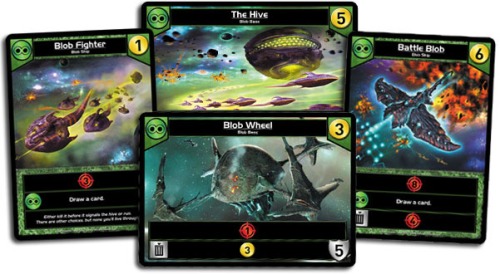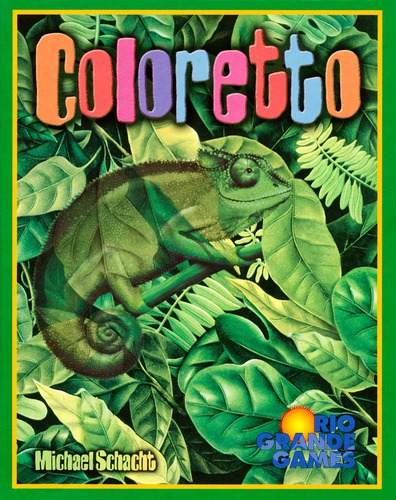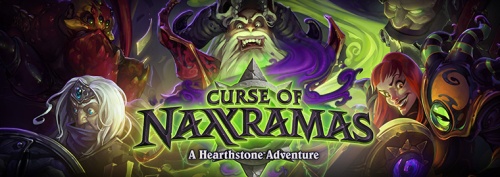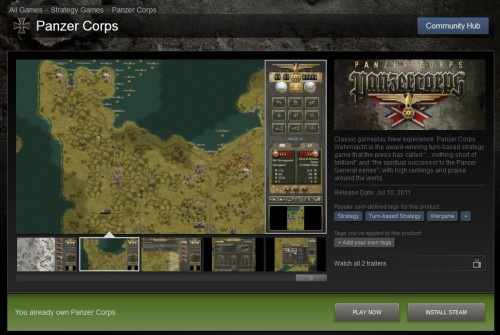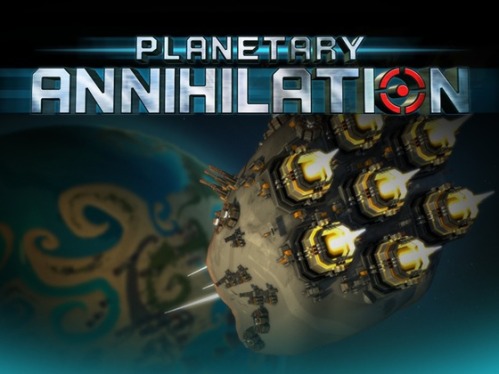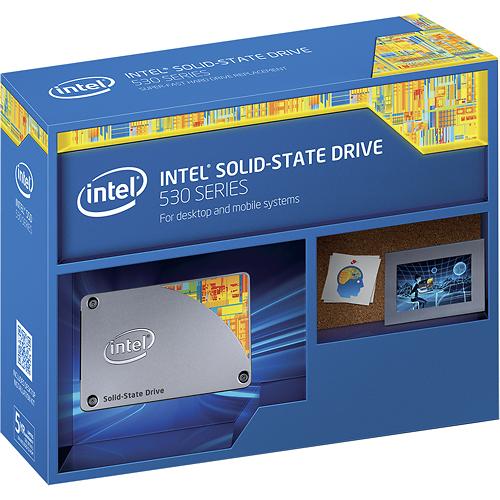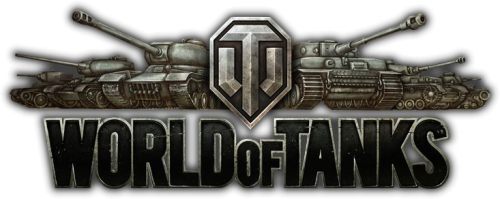The Price of Glory is the second in Alistair Horne’s trilogy of books examining the three major French/German conflicts from 1870 to 1940, the first being The Fall of Paris about the Franco-Prussian war and Paris Commune which I reviewed back in April of last year. The Price of Glory moves on to World War I and carefully examines the battle of Verdun.
Few names have been etched into the annals of Western Civilization as those of Verdun and Somme, and both of these horrific battles occurred in 1916 as part of the pivotal year on the Western Front of World War I. Roughly 1.7 million men perished in these two battles which marked the beginning of the end of the Central Powers war effort.
At the start of 1916 things were looking bright for Imperial Germany for the first time since the bitter defeat of it’s initial drive into France in 1914. A series of Allied offensives launched in 1915 had collapsed with heavy casualties, while the British landing in Gallipoli had become an expensive failure. The Russians were reeling from a series of defeats and for a brief period Germany had the opportunity to take the offensive on the Western Front, the only front where the war could truly be decisively won.
This led the supreme German military commander, General Falkenhayn, to devise a fairly radical strategy: an offensive intended to bleed the French army white in a death struggle over a strategic city that the French High Command would refuse to give up. Horne claims a battle of attrition on this scale was a new and unheard of concept at this time and I’m inclined to think he’s correct.
The area selected, the traditional fortress city of Verdun, was symbolically important but had by 1916 largely been stripped of its artillery and was fairly lightly defended. Ironically, the carefully planned and orchestrated German opening offensive was almost too successful as the German’s gained so much ground initially that they were in danger of capturing the city before drawing large French forces in to defend it. Horne proposes that an opportunity was present for a great and unexpected German victory but Continue Reading »



